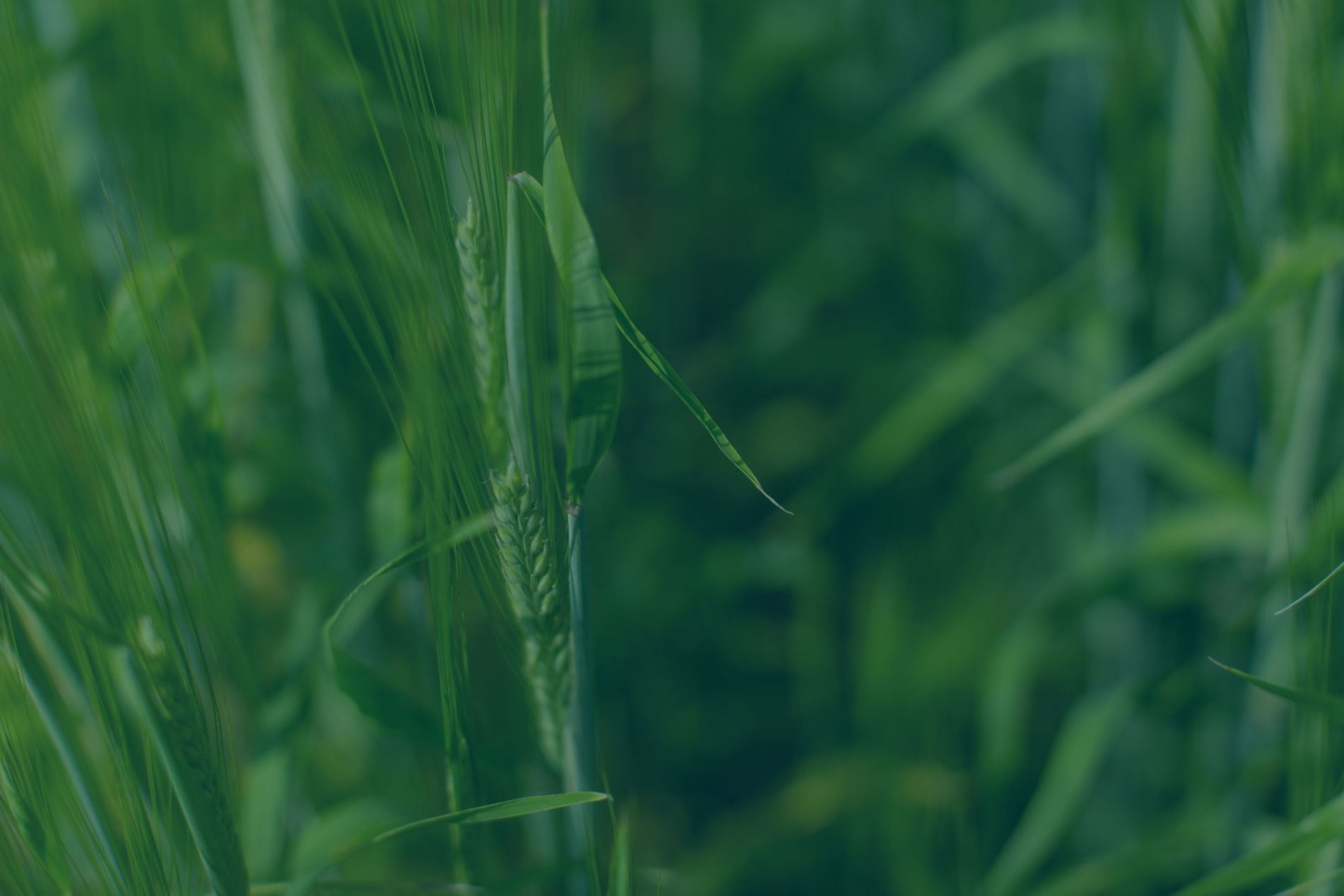Wild oat’s hidden come back plan
Expert review and input provided by Breanne Tidemann (AAFC)
The past two growing season has seen some improvement in moisture for some growers. It is a relief from the drought and has boosted grain yield. However, that added precipitation has also seen some wild oat issues making a come back. It was potentially a surprise on the fields that did not have wild oat issues in the last few years, or where producers thought they had the wild oat issues under control.
Why did wild oat issue re-emerge?
It is because the weed seedbank in the soil.
Wild oat seeds typically stay viable for 4 to 5 years in the seed bank. A small percentage remain viable much longer. A wild oat plant produces 20 to 150 seeds in a cropping system. So if the field had wild oat issues within the past few years, there is likely still a large wild oats seedbank reserved in the soil.
Weed seeds need moisture in order to germinate. Some species, like wild oat, are known to be ‘flushing’ weeds where following precipitation events you’ll see a new flush of weed seedling emerging. In drought conditions with limited precipitation events, fewer of these weeds will germinate and emerge. However, if they’re not germinating, many of them will remain dormant in the soil. With longer lasting viability, this can just delay the emergence of the weed until future years.
In this case, growers saw fewer wild oat issues over the recent drought dry years because less were germinating. However, with improved soil moisture conditions, the wild oat seeds that were still viable in the seedbank are also happy to begin growing and flushing. This causes the “re-emergence” of wild oat issues. What really happened is we were having success in managing smaller first flushes the last few years, no subsequent flushes were coming up and so there was an appearance of having the wild oat issue under control. When, in fact, most of that wild oat problem occurs in the soil in that seedbank, and they simply weren’t showing themselves above ground. Rain started falling, wild oats started popping.
-large.png)
Figure 1. A germinating wild oat seed. Photo credit: Breanne Tidemann
How to manage wild oats if they re-emerged?
There is no simple answer. Managing wild oats, especially herbicide resistant wild oats, requires integrated tactics. In other words, hitting them with many small hammers. Each cultural management tool, when stand-alone, may not produce impressive control. However, when combined, they can produce significant levels of control.
The first step is to get the wild oat seeds tested for herbicide resistance. Currently, bioassay, where wild oat seedlings are growing out & sprayed with herbicides, is still the most accurate way to test for herbicide resistance. This process may take a few months. So collect the seeds and send them to accredited labs as soon as you can.
Make herbicide layering plan based on the herbicide resistance testing results.
Cultural and physical management tools available include:
- Diverse crop rotation
- Higher seeding rates
- Selecting more competitive crops and/or varieties
- Silage the crop
All of the above methods, although they are not a magic fix, can reduce the growth of wild oats and lower the amount of seeds in the seedbank.
Additional resources
Wild oat seed production and the soil seedbank
Herbicide resistance testing labs
Sampling wild oats for testing
Alberta Weed Survey: Herbicide Resistant Weeds 2017
Harker KN, O’Donovan JT, Irvine RB, Turkington TK, Clayton GW (2009) Integrating cropping systems with cultural techniques augments wild oat (Avena fatua) management in barley. Weed Science 57:326-337

